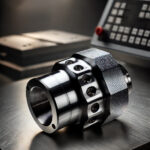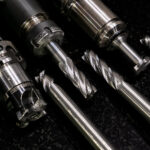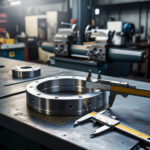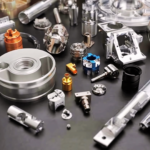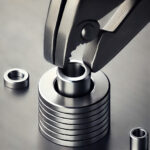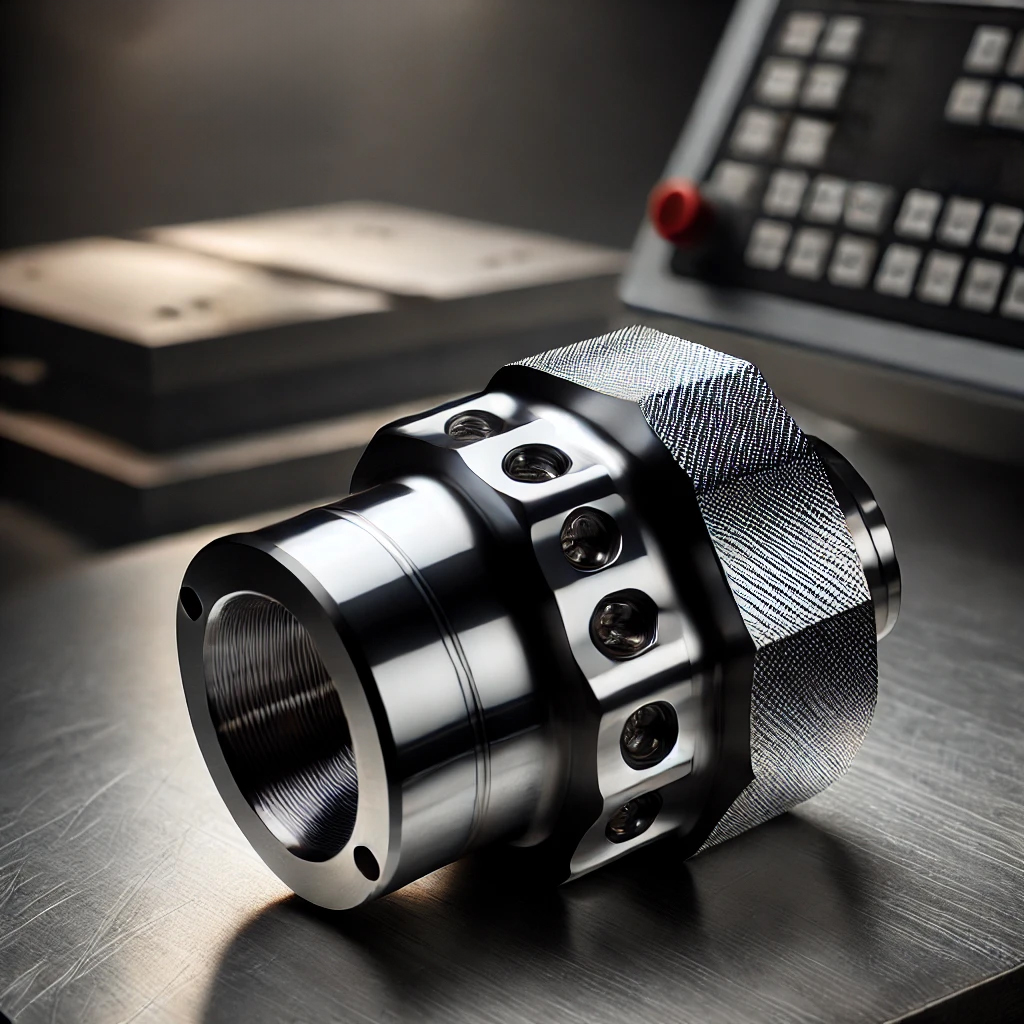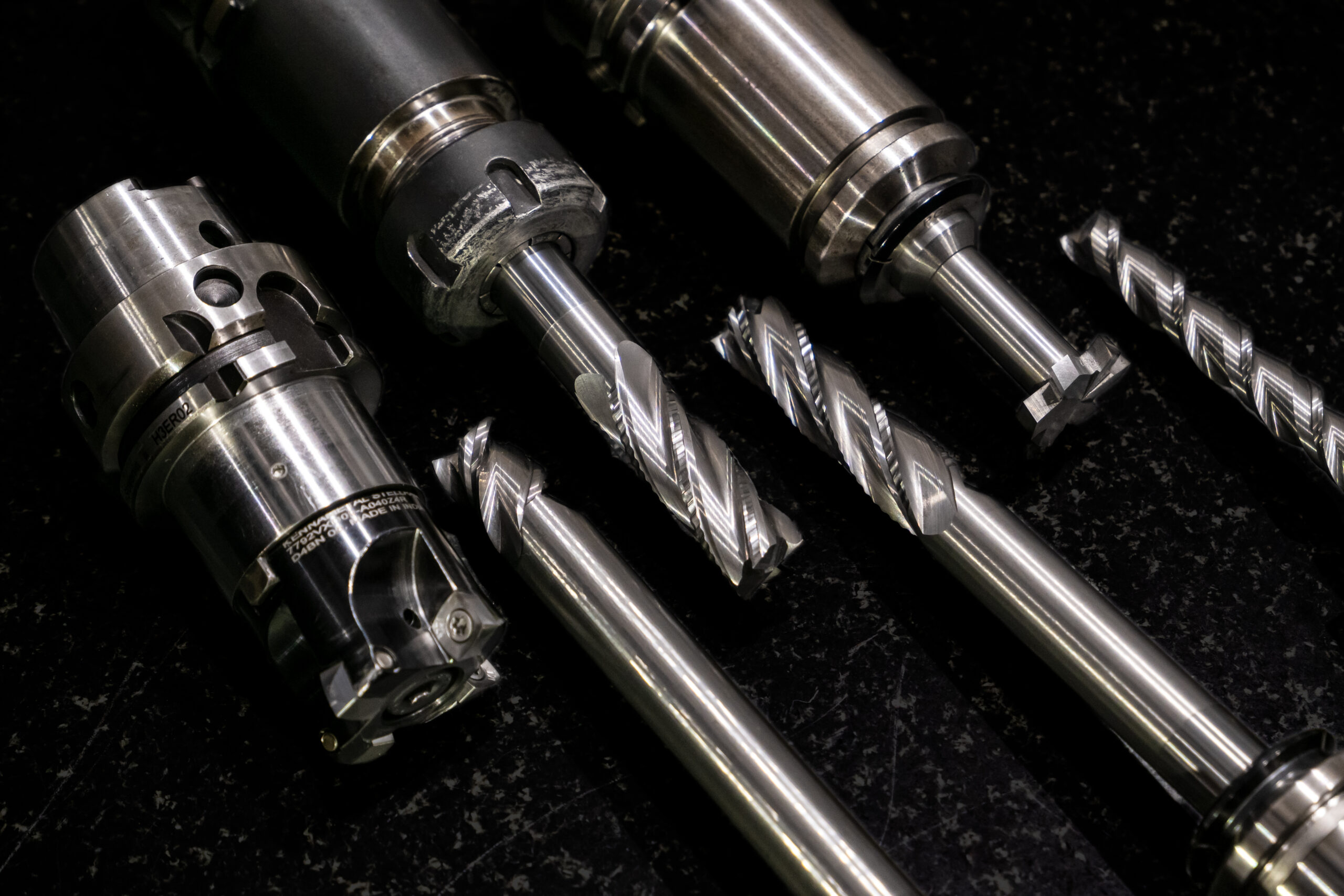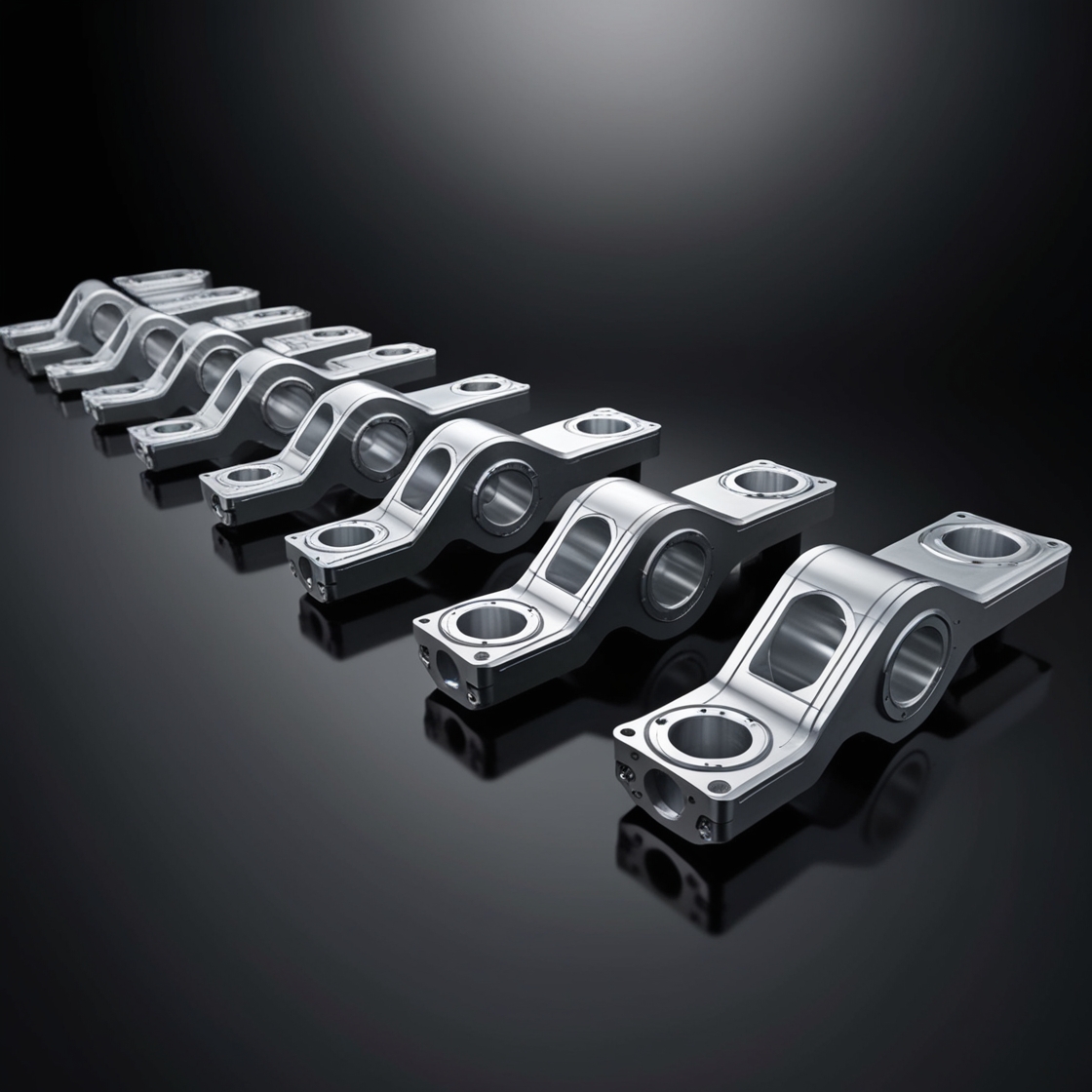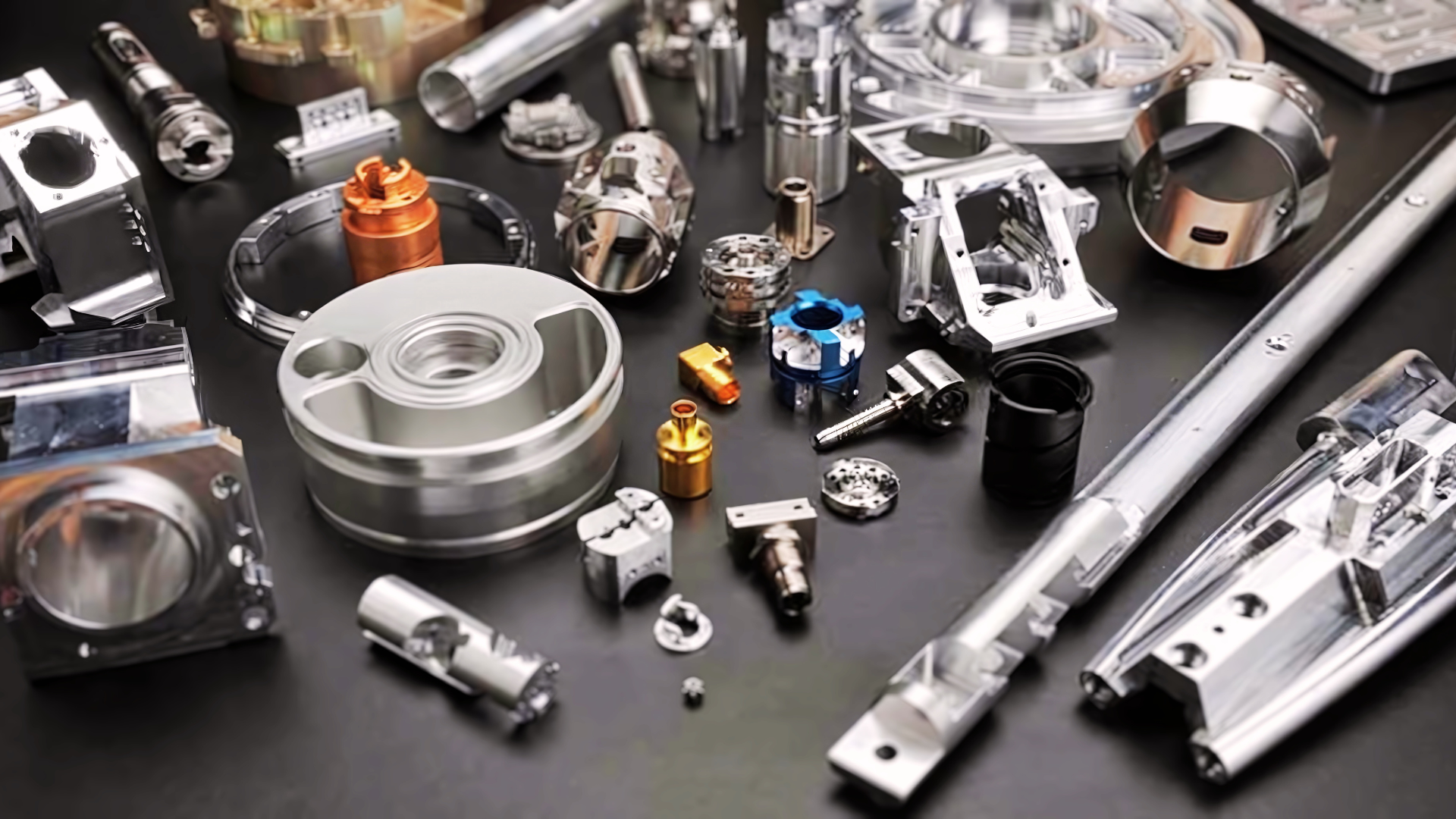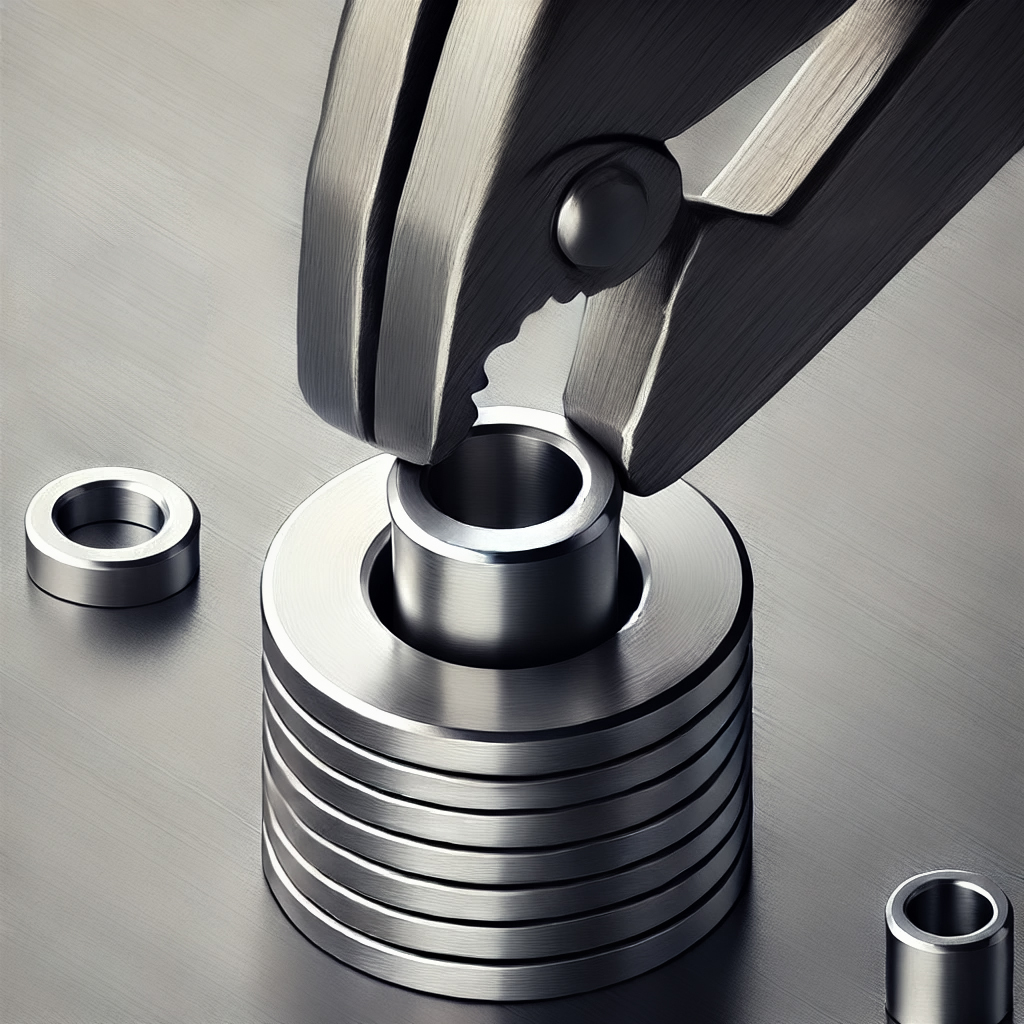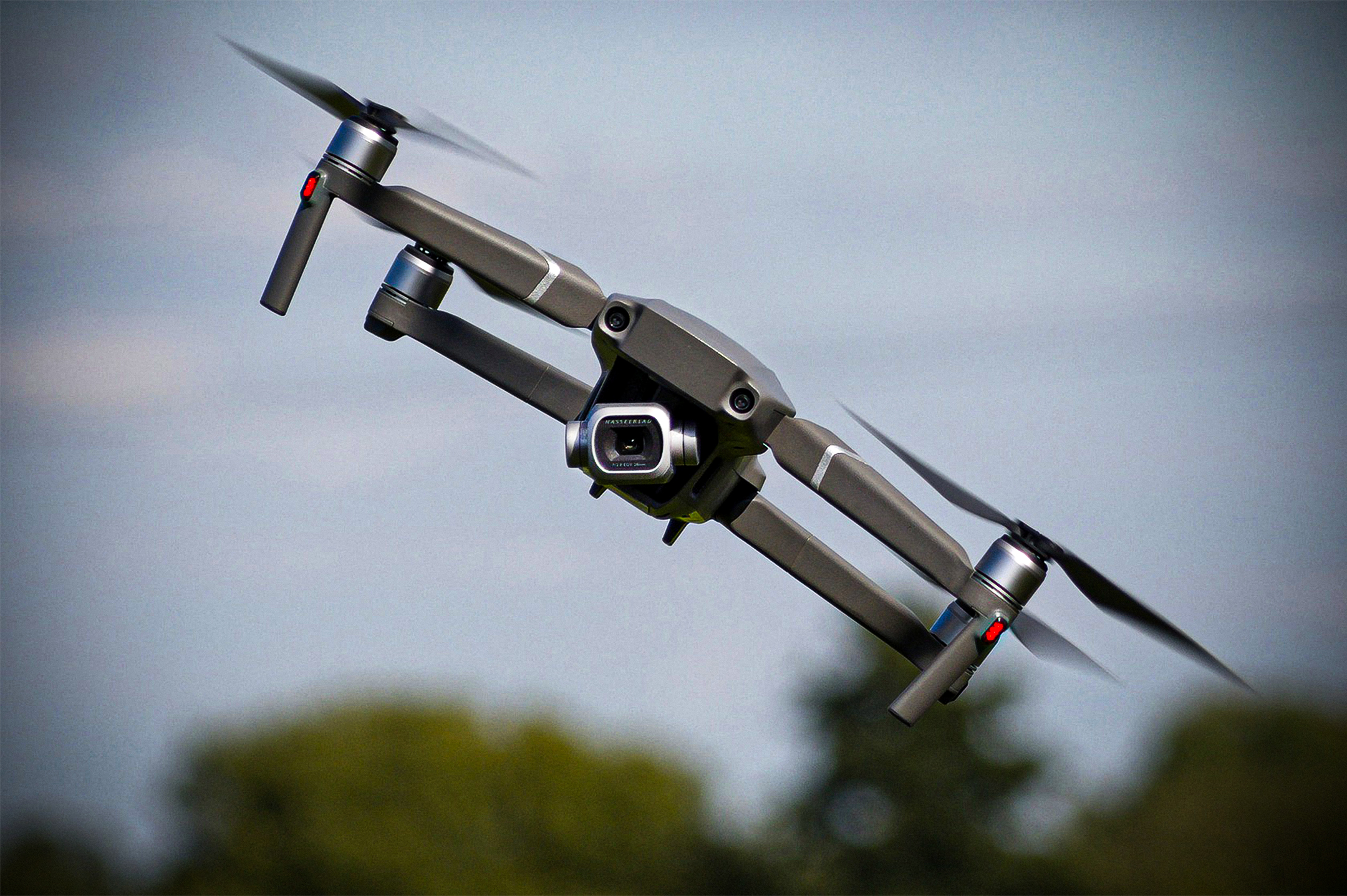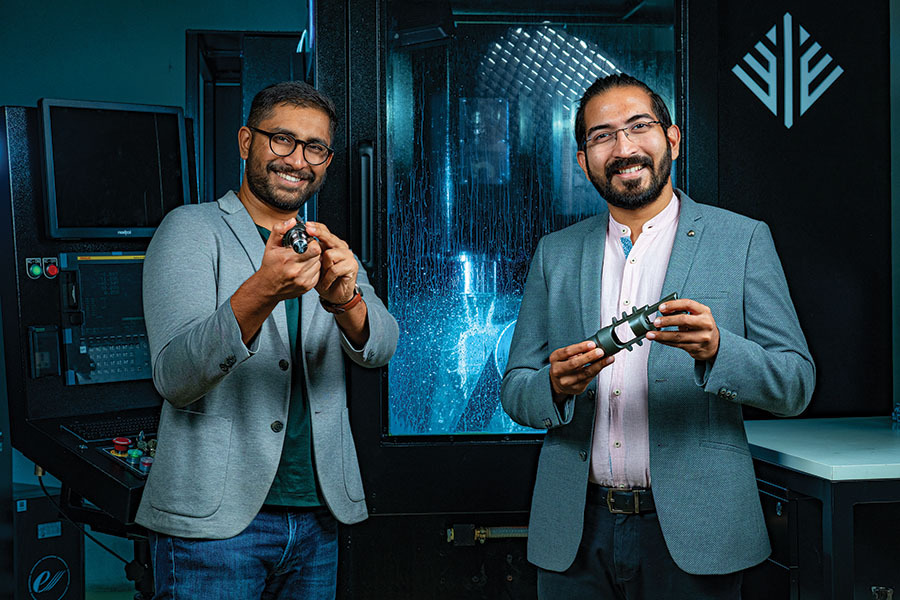CNC Machining - The Perfect Manufacturing Solution for Aerospace Industries
One of the most critical factors while producing components for aircraft or associated structures is certainty. Any flaws or inconsistencies could have devastating effects from the smallest indoor element to the plane’s exterior.
The extraordinarily excessive precision required by the aerospace enterprise makes CNC machining an appropriate production method for the sector. The functionality of this method is to acquire very tight tolerances. Thus, it offers strong resolutions and functioning of the aircraft using robust metallic and plastic elements.
What is Aerospace CNC Machining?
Innovations in CNC Machining for Aerospace
The world’s aerospace industry has been providing innovative and exceptional manufacturing technologies for years. The expanded horizons of technology have led to a severe demand for machined components. Aerospace CNC machining has become one of the most widely used manufacturing technologies in aerospace engineering. Precision and accuracy are of paramount importance in the aerospace industry. A single defect or defective component can cost thousands of dollars to spacecraft and space stations and pose enormous safety risks.
Applications of CNC Machining in Manufacturing Aerospace Components
1. Light Metal Materials
2. CNC Rapid Prototyping
Research and Development is an important area in every industry, and CNC machining is at the forefront of this phase. 3D CAD models direct CNC machines to manufacture parts, allowing aerospace engineers to quickly develop, test, and edit new prototypes in real-time. CNC rapid prototyping is economical for aerospace companies because it does not require investment in tools and minimizes costs. It also facilitates aerospace companies to meet regulatory requirements, including AS 9001 and ISO 9001: 2015 standards.
3. Complex Construction and Design Manufacturing
The construction complexity of aerospace components is constantly increasing. To meet these requirements, 5-axis CNC milling machines help to manufacture even the most complex parts.
4. AI-Assisted CNC Machining
5. Precision
The Importance of Precision in the Aerospace Industry
Precision machining is a fundamental aspect of the aerospace industry. The aviation industry has many high production standards for CNC machining of aerospace parts and stricter security controls.
Each part’s dimensions, tolerances, and performance should be as high as possible to prevent these parts from failing during flight. A single defect or imperfect component can cost thousands of dollars on an aircraft or space station and pose a significant safety risk to the end-user. For this reason, aerospace machining companies are working hard to meet all these requirements. At the same time, the aircraft should be apt enough to meet the demands of the market.
The state-of-the-art CNC processing system, certified manufacturing service CNC mechanical system, advanced post-processing, and inspection system ensure that the finished aircraft prototypes and parts accurately meet the standards.
Materials Used in Aerospace CNC Machining
Millions of elements and substances make up an aircraft. However, not all are generated through CNC machining. CNC machining uses numerous substances in handing over targeted and conscientious layout and production strategies to ensure they are prepared for changing conditions and demanding structural loads. Some of the fundamental materials used include:
- Stainless Steel is used for building several aerospace additives. It is famous because of its immunity to corrosion and excessive temperature oxidation. It is utilized in aircraft panels, excessive temperature engine elements, gasoline tanks, exhaust additives, etc.
- Aluminum is nearly a 3rd of the burden of stainless steel, assisting in fuel performance and weight allowance, and is normally inexpensive and more workable. It is a heat conductor, so it is not always suitable for parts that require high heat resistance and are more difficult to weld.
- Titanium has a remarkable strength to weight ratio. Military planes employ titanium for lighter, more potent parts, which can be reasonable as well. It is heat and corrosion resistant and much lighter than aluminum. It is a great approach to diverse, complicated aerospace strategies.
- High-Temperature Super Alloys characterized by excessive heat and corrosion resistance, advanced energy, and lightweight structure are frequently preferred for a jet engine’s hottest sections, the turbine and compressor stages. Some of the outstanding alloys are – Nickel Superalloys, Cobalt Superalloys, and Iron Superalloys.
- Many indoor parts of the aircraft come from High-Performance Plastic polymer-based substances. These materials are considerably lightweight and are utilized in wiring conduits, indoor wall panels, bearings, plane doors, air flow ducts, and much more. They are strong, lightweight, inexpensive, and meet aerospace fire retardant regulations.
Market and Scope of Aerospace CNC Machining
Conclusion
Views: 119

